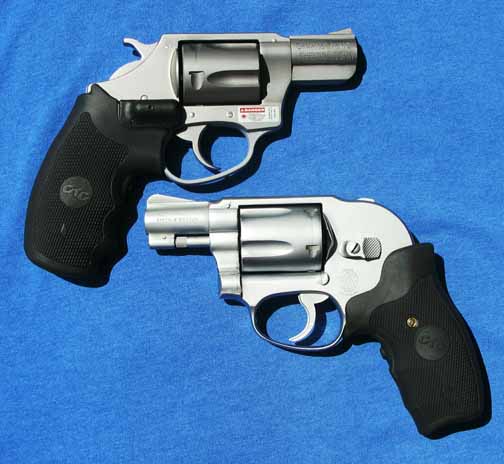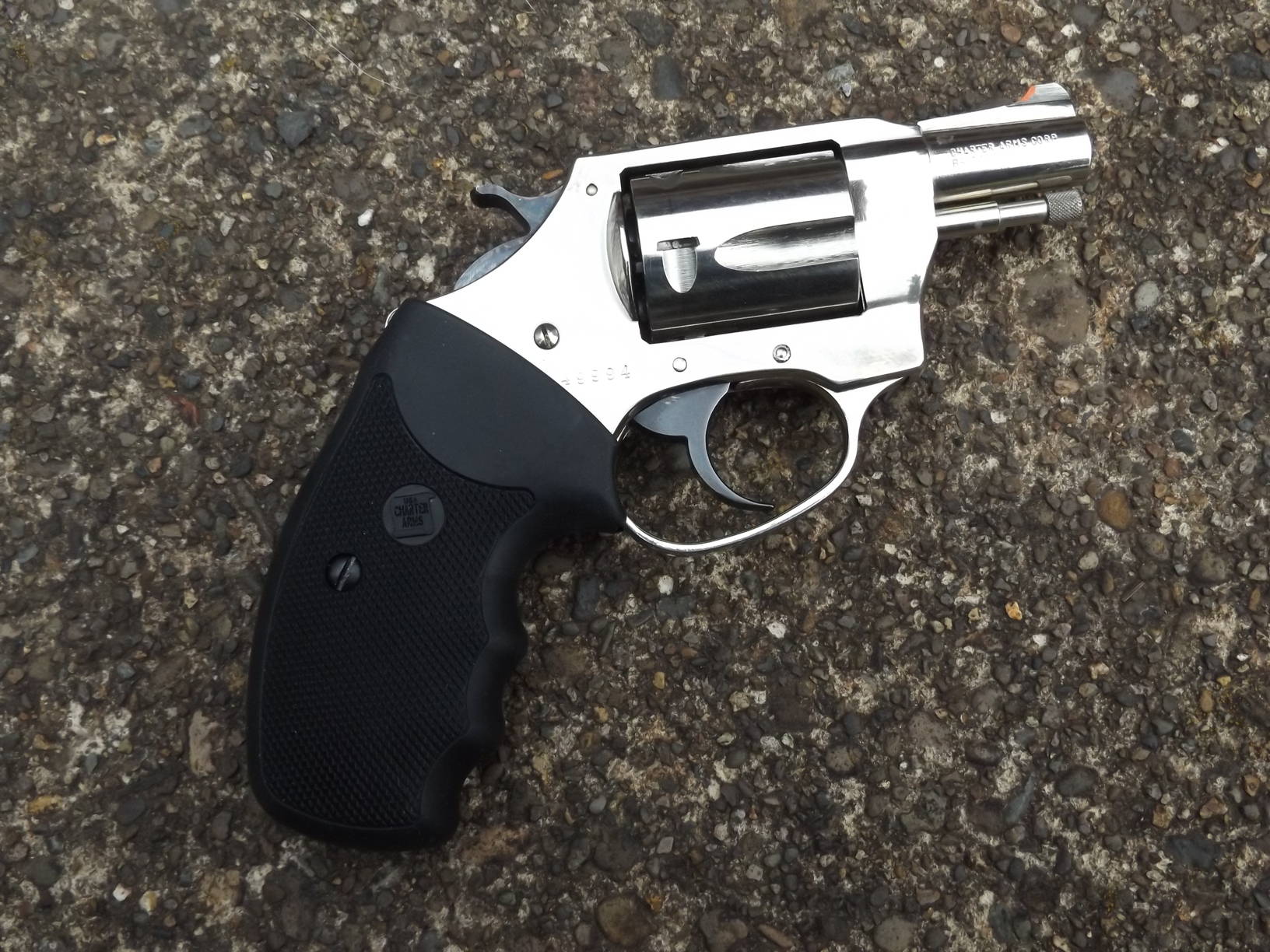

Mid-2007 are once again stamped "Charter Arras.") In 2002 and change the name back to Charter Arms. The company again prospered, and Nick was able to buy out his partners (Barrels were marked "Charter 2000" from 1999 to mid-2007.) Nick Ecker, along with two partners, bought the struggling company andĬhanged its name to Charter 2000 just in time for the new millennium. But theyĭidn't remain closed for very long. Nick Ecker, and Charco briefly closed its doors in 1998. Remaining with the new company as the head of production-an arrangement Sign over 20 percent of his shares to Nick Ecker in exchange for President of finance for Charter Arms acquired 100 percent of the stockĪnd changed the company's name to Charco. Manufacturing and production end of the business. Son Nick joined the company in 1984, ultimately running the Inġ967, he partnered with his life-long friend, David Ecker. Of present-day carry-permit holders, and in the intervening years thatįirst revolver became the platform on which all Charter Arms revolversĭoug McClennahan did not achieve his success entirely alone. Its quality, weight, and size are still appreciated by a growing number Impression with both law-enforcement agencies and the general public.

McClennahan's revolver and its low price tag made no small Was a hammer-block safety system McClennahan had invented. InĪddition, it had the fewest moving parts of any revolver, among which Was the lightest steel-frame wheelgun in the world at the time. Special called the "Undercover." Weighing just 16 ounces, it After establishing aīusiness, Charter Arms, to bring his idea to life, he soon offered a. GunValley, USA envisioned a reliable, high-quality, and affordable new Worked for several prominent Dfirearms manufacturers in New England s Retrieved from įorty-five years ago, a young gun designer and engineer who had You will, however, need a special factory tool for reassembly.



 0 kommentar(er)
0 kommentar(er)
